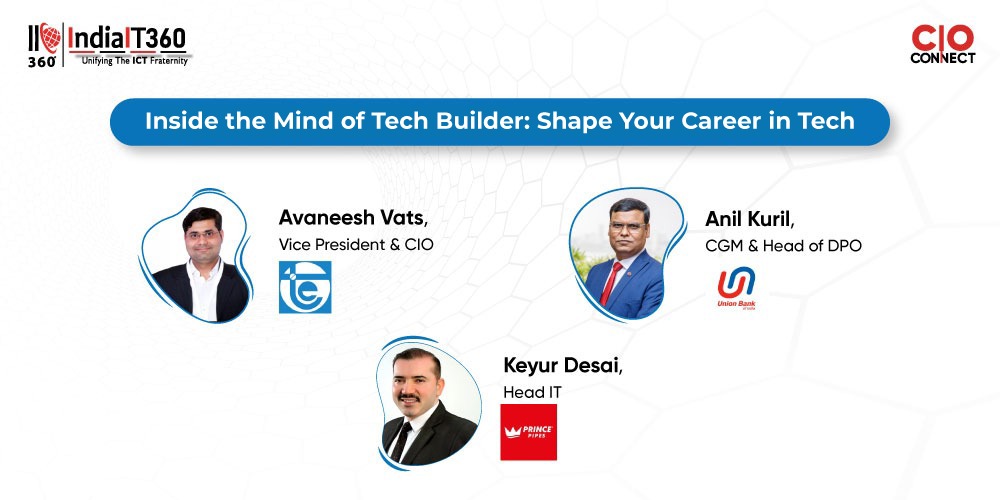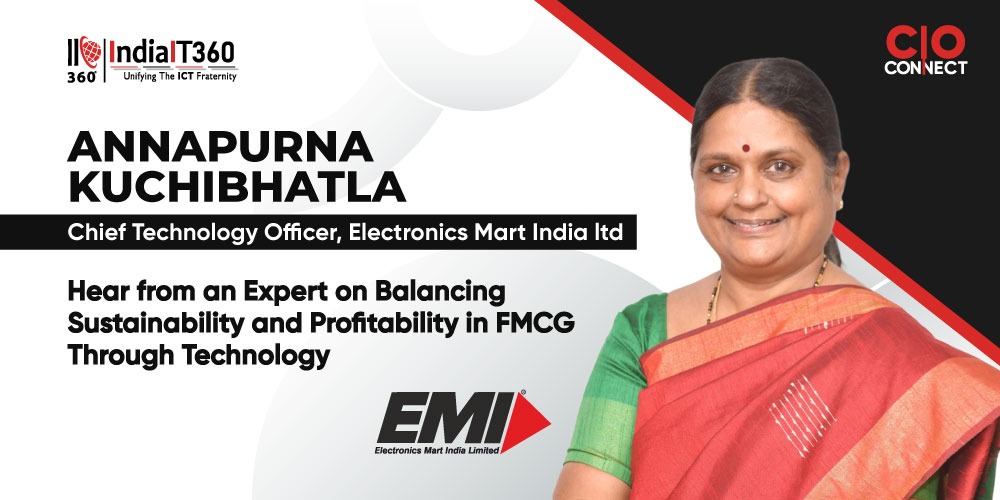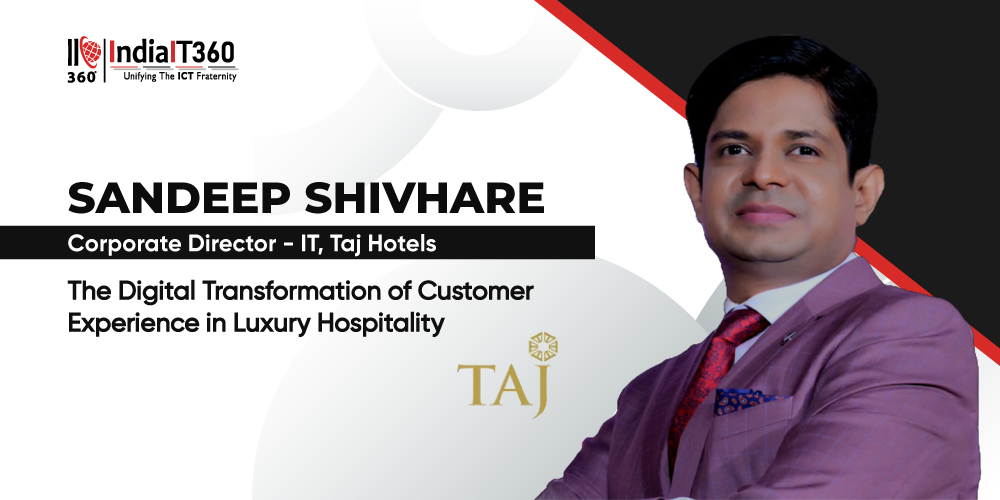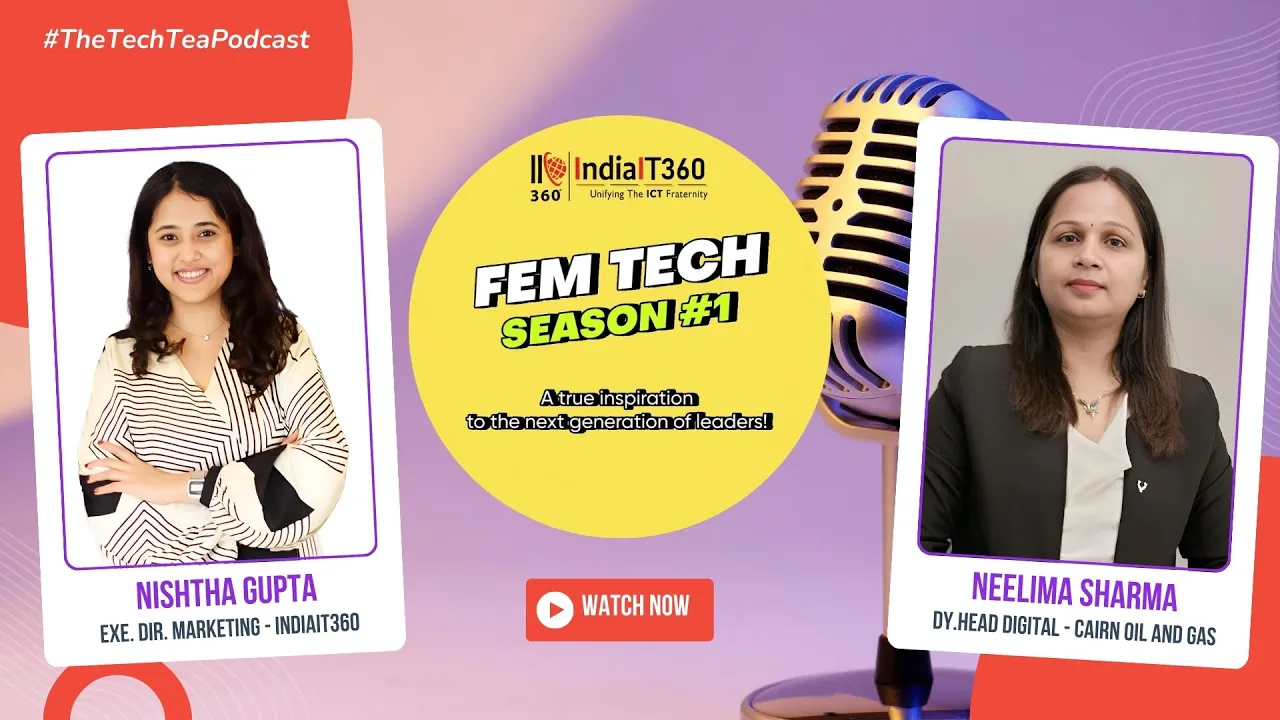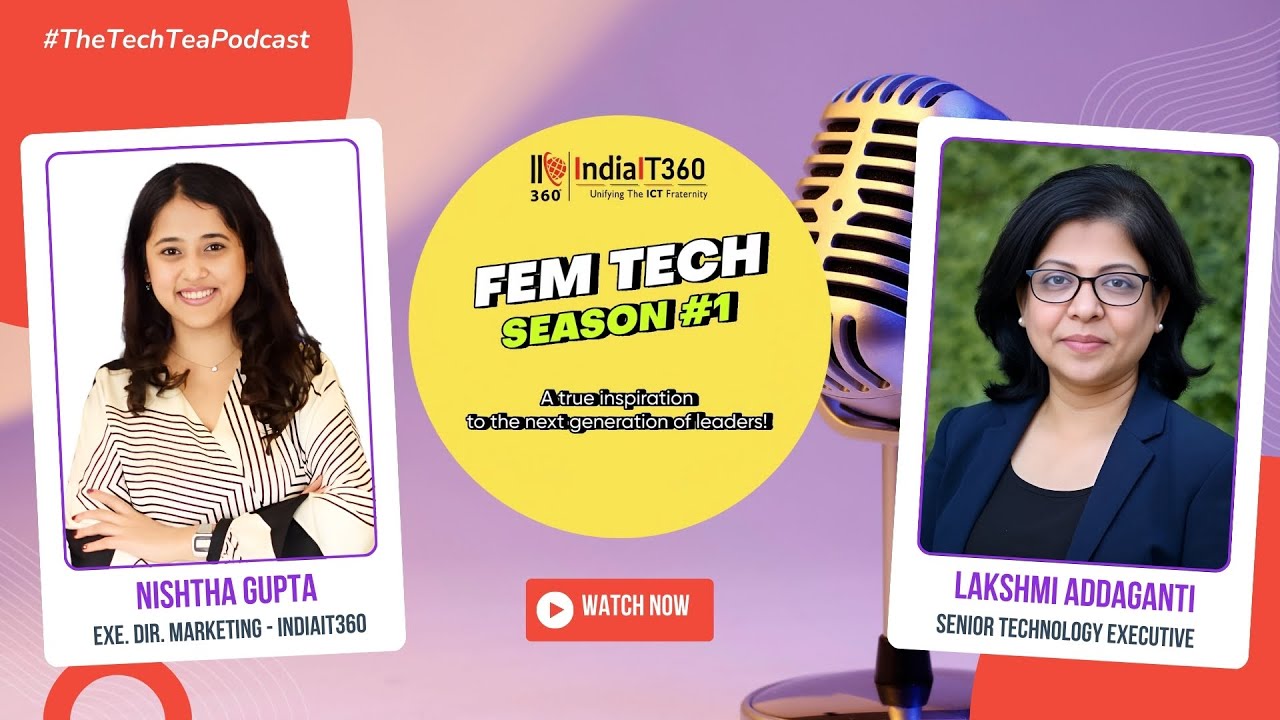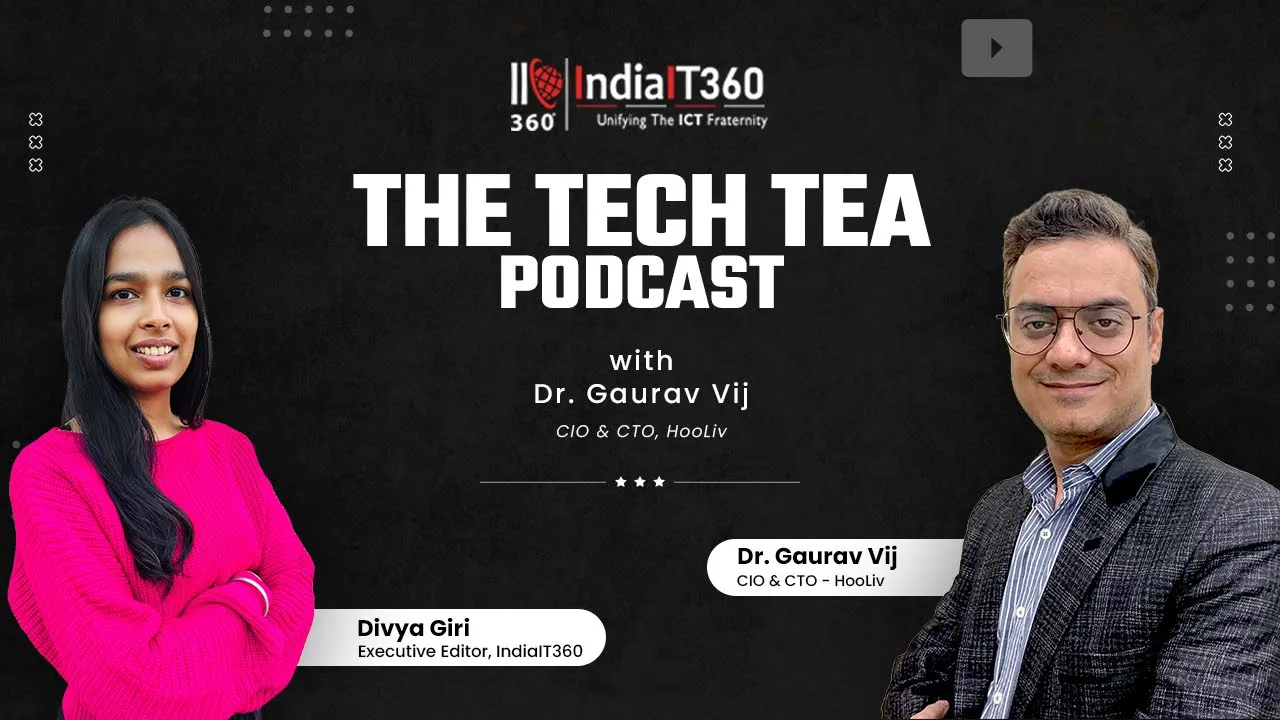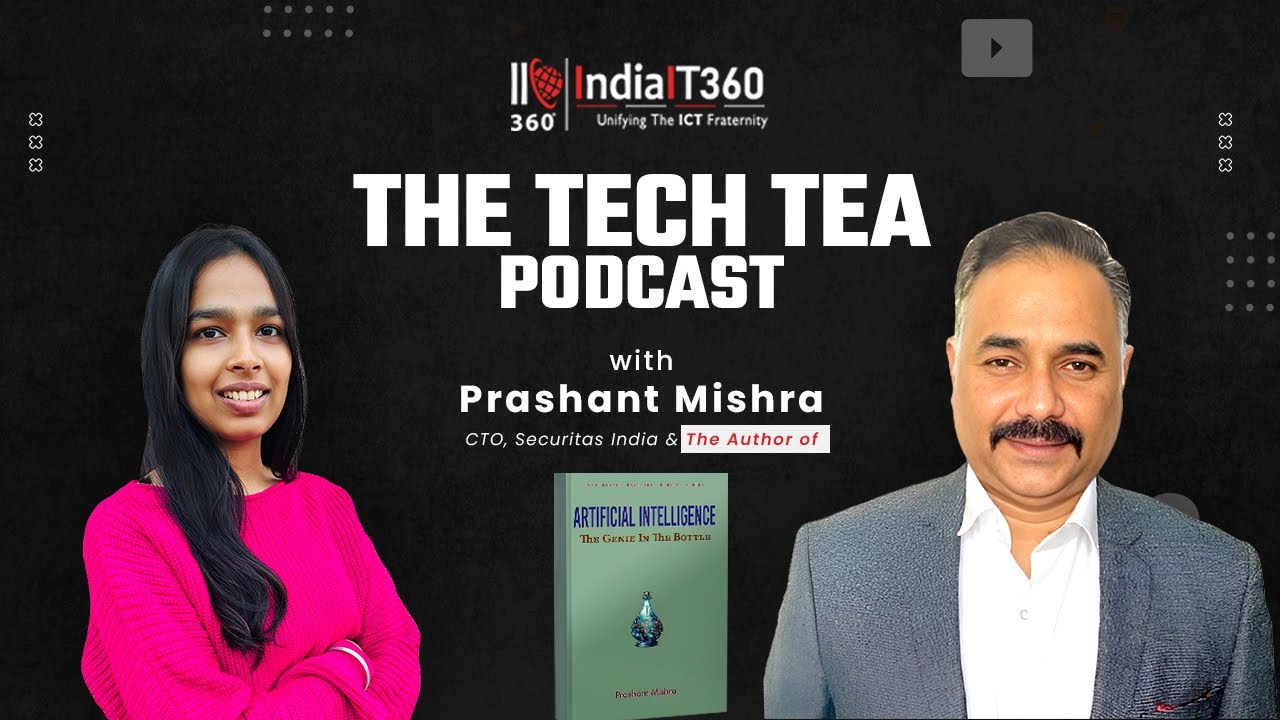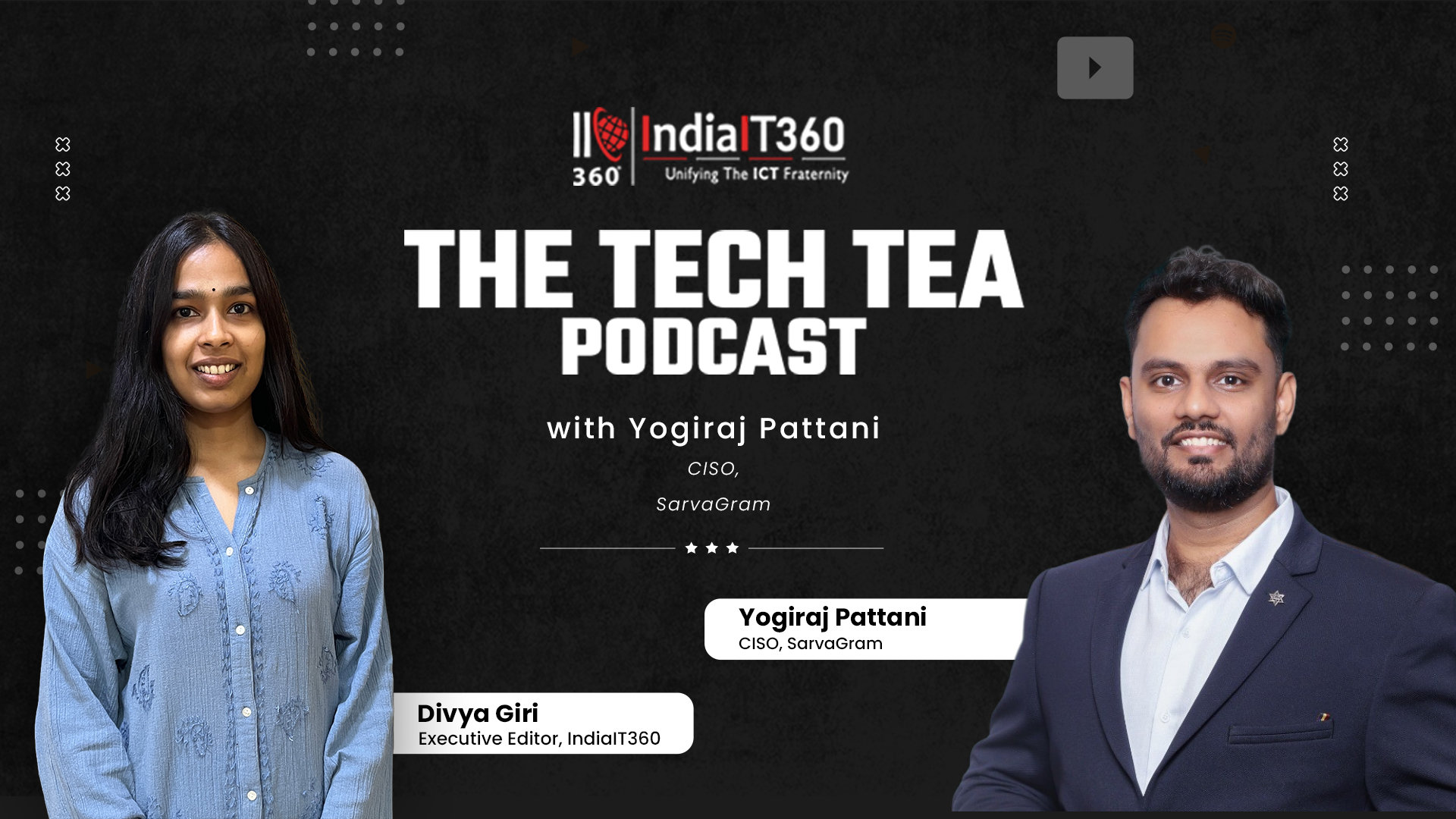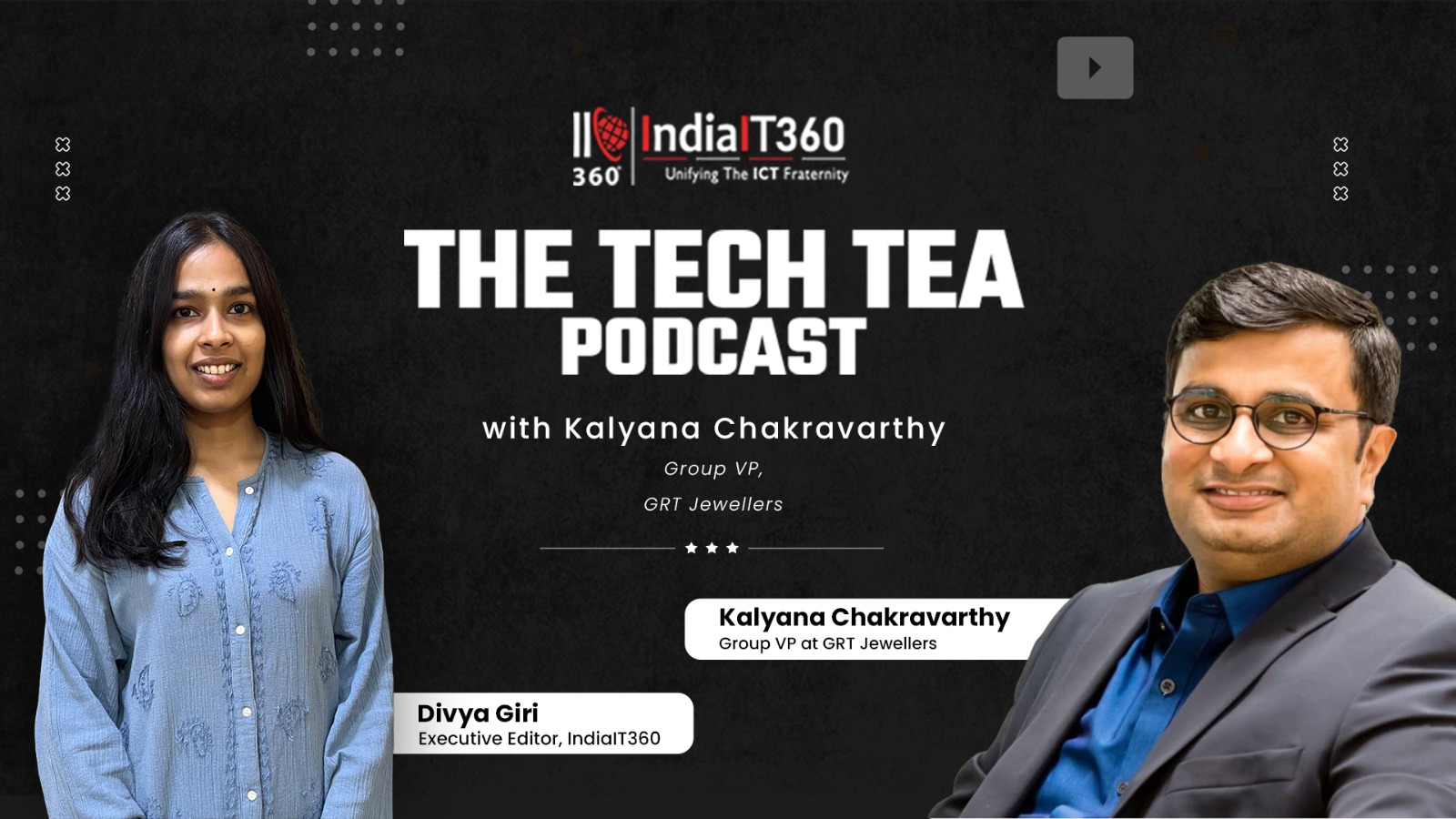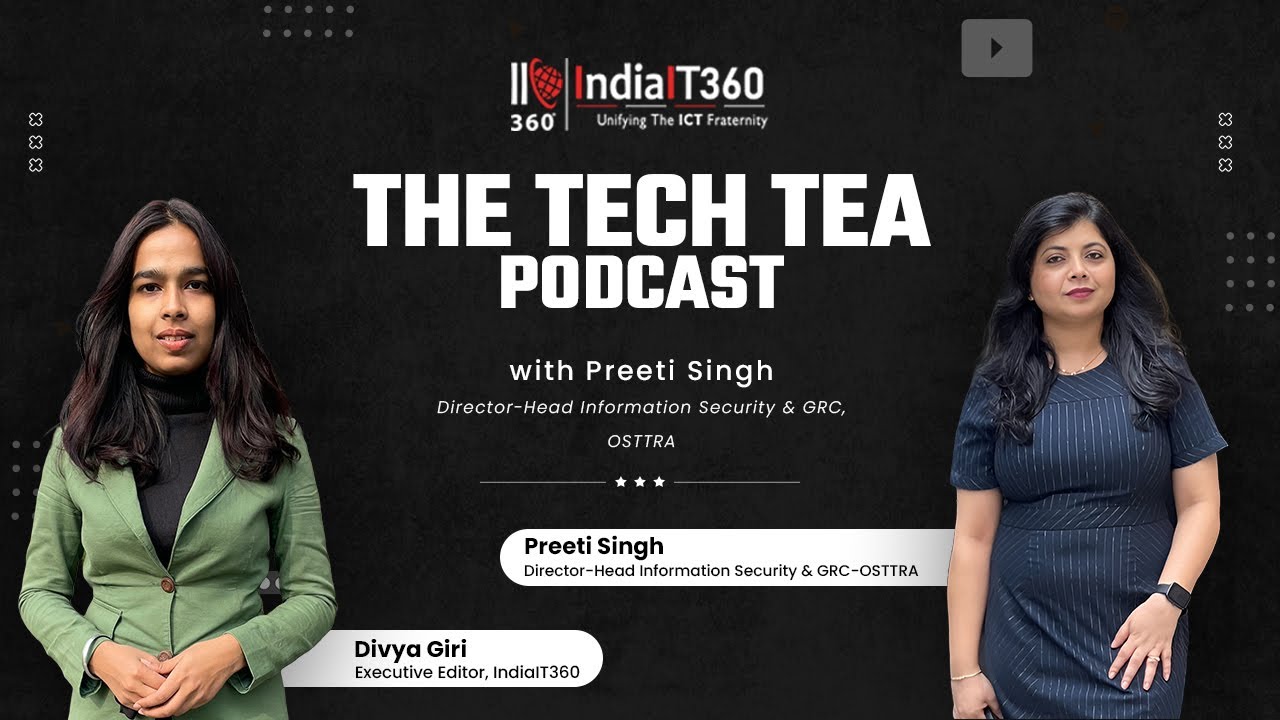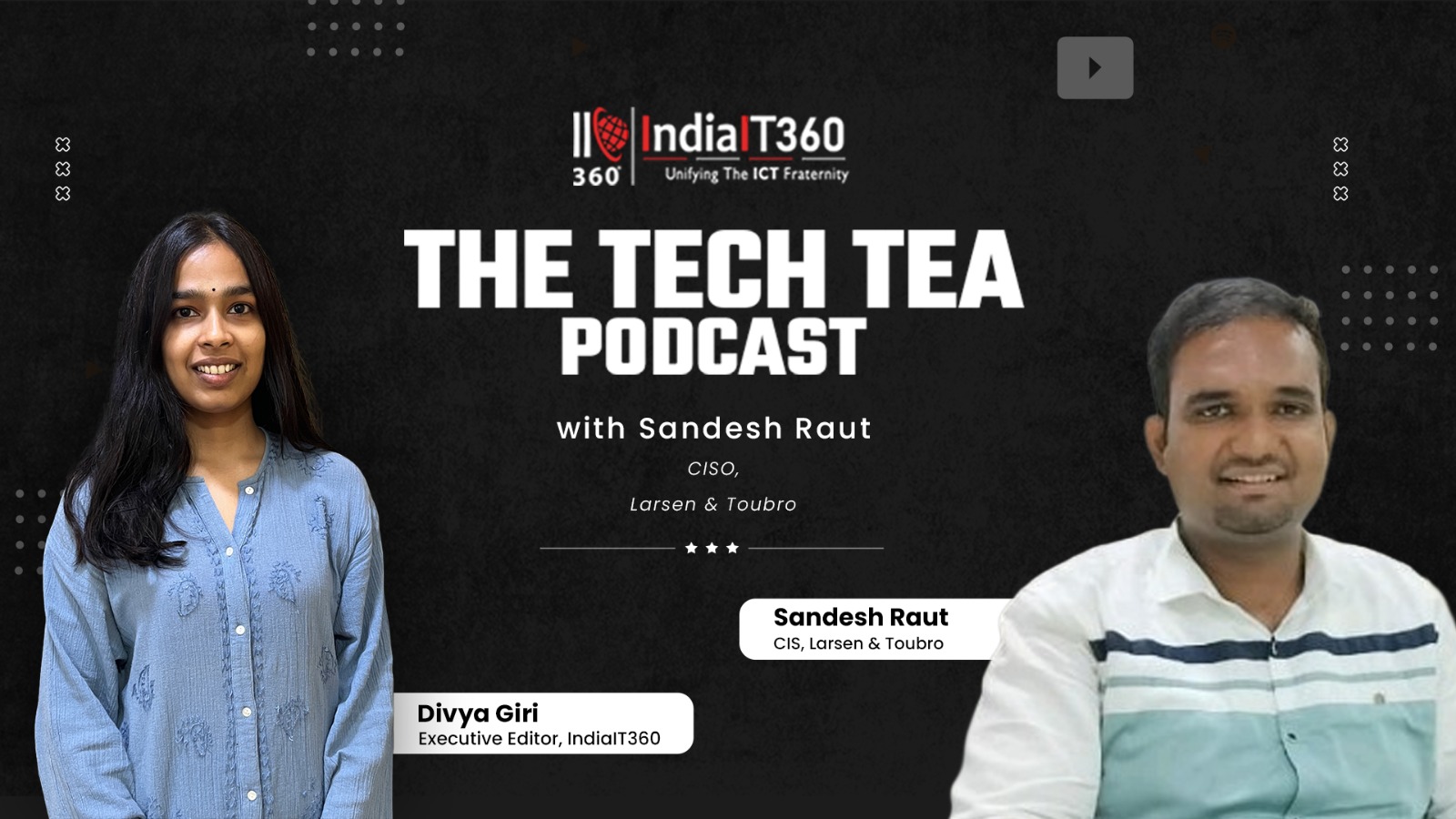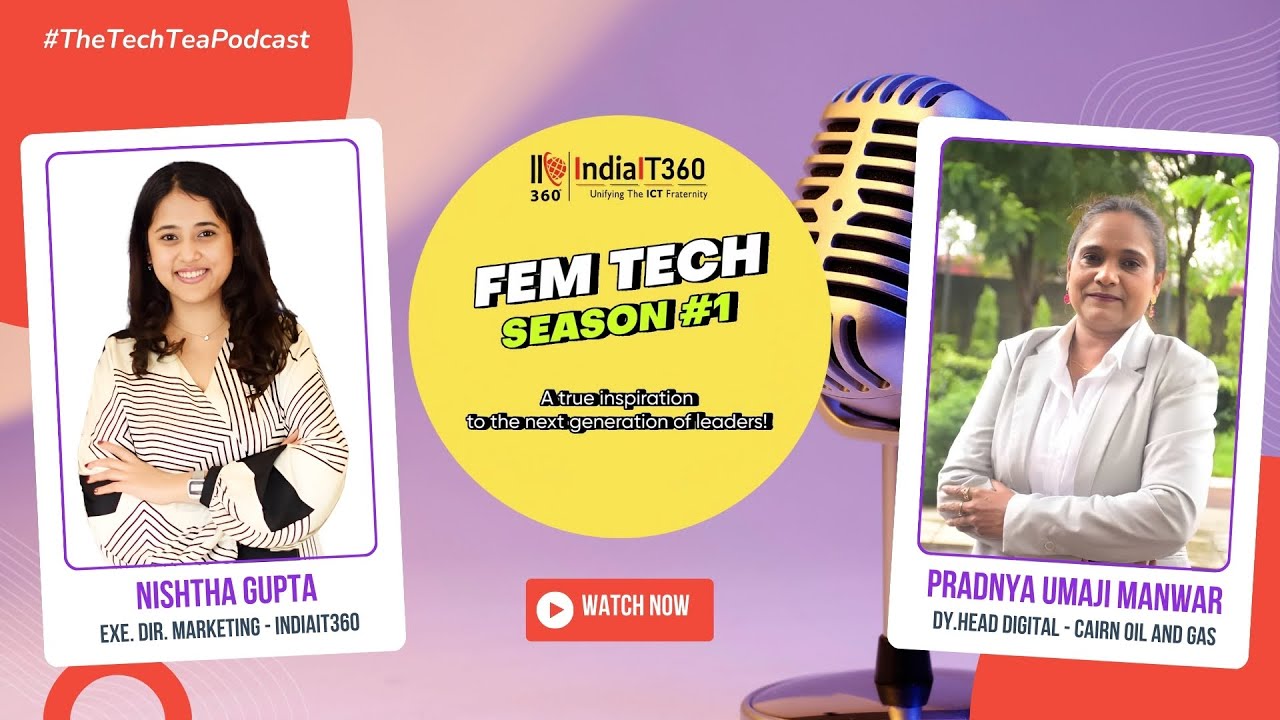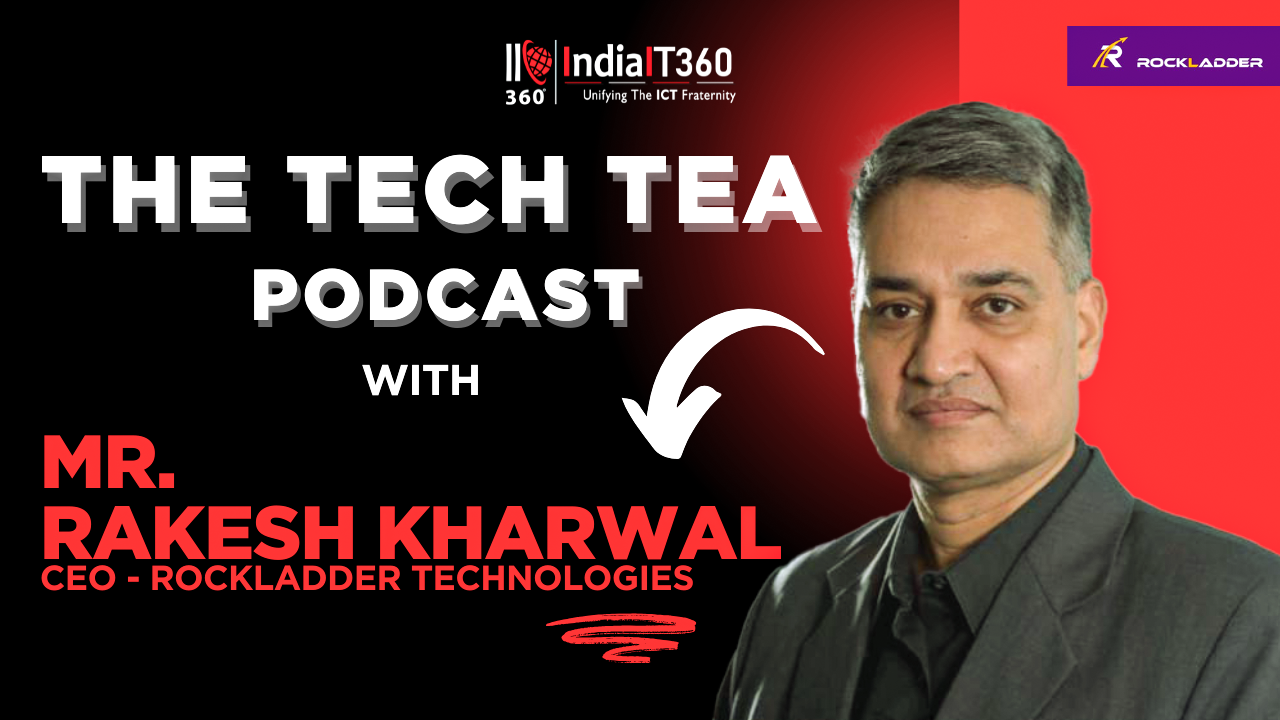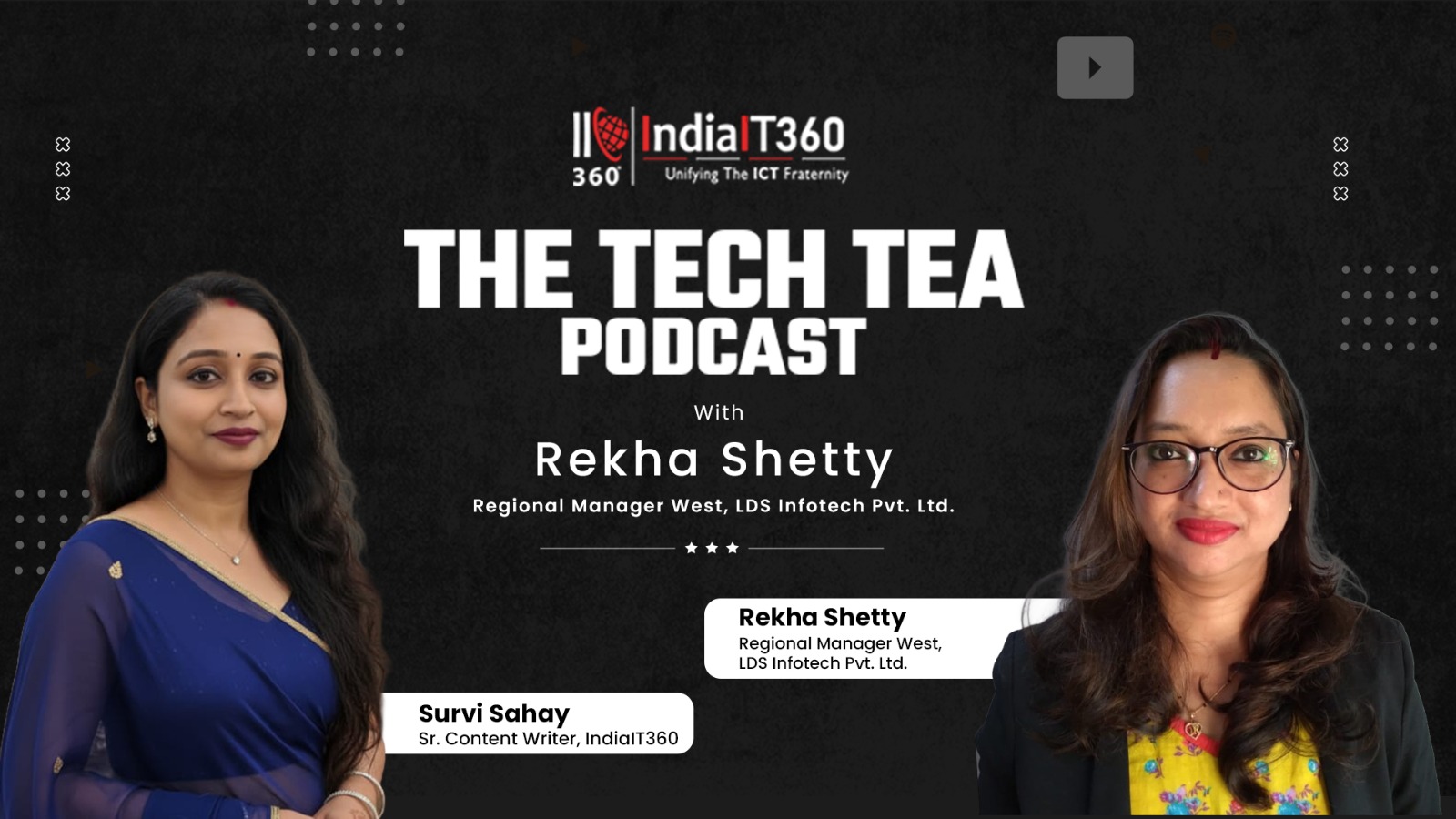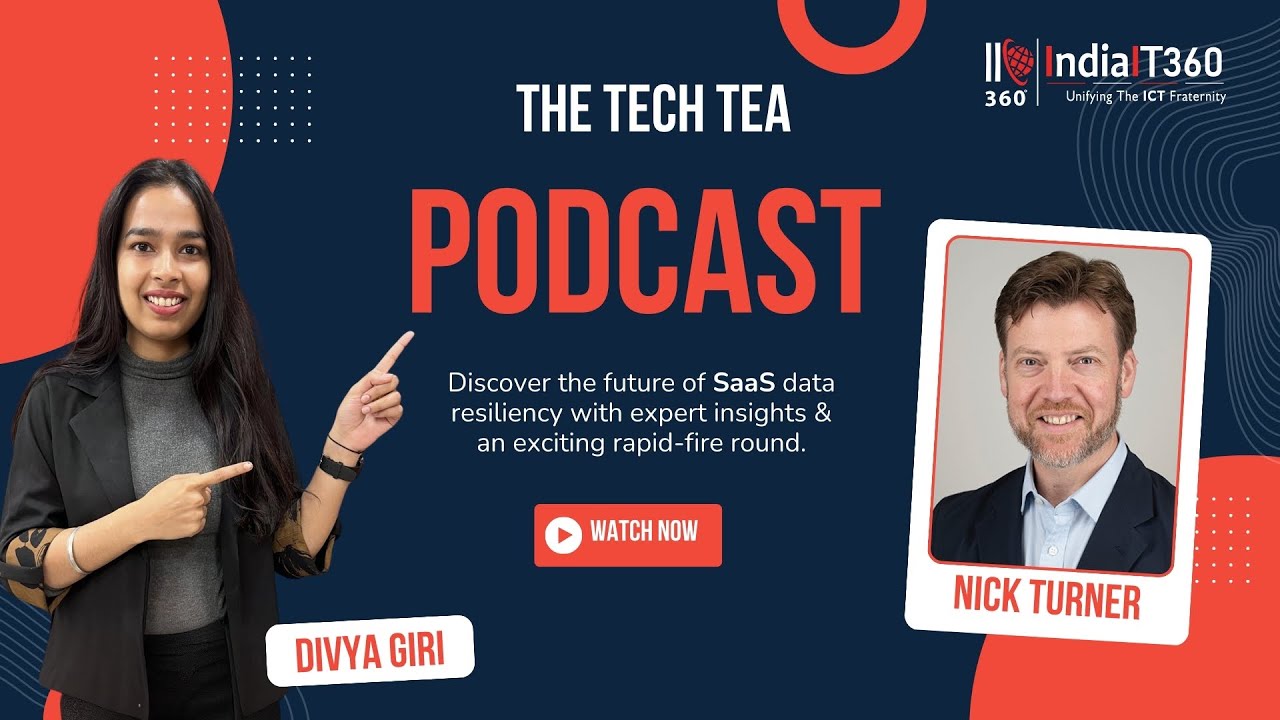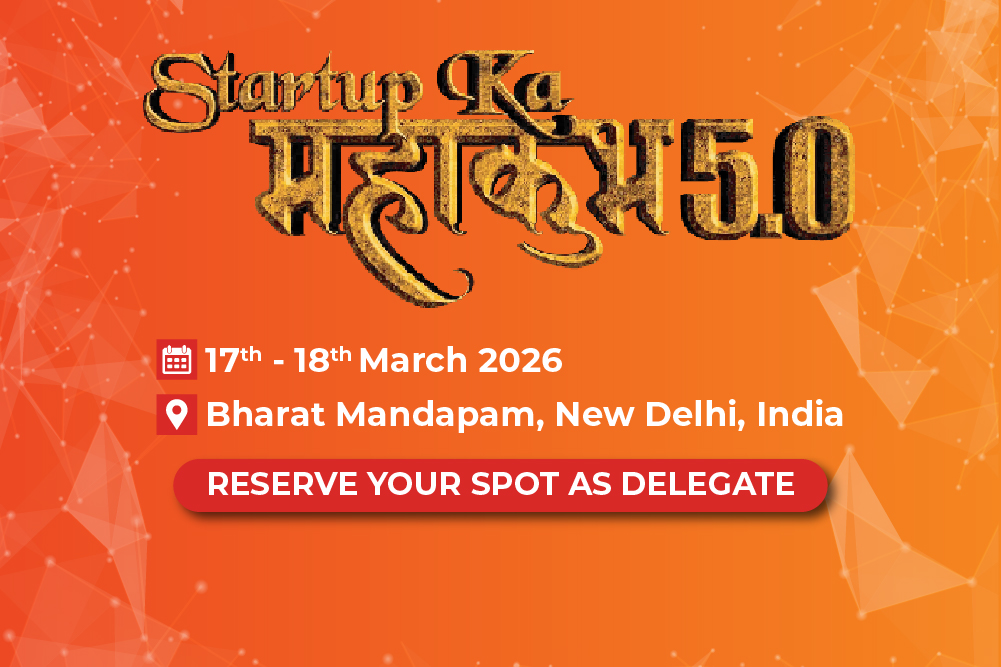Leaders Tech Talk: Balancing Sustainability and Profitability Through Technology
Inside the Mind of Tech Builder: Shape Your Career in Tech
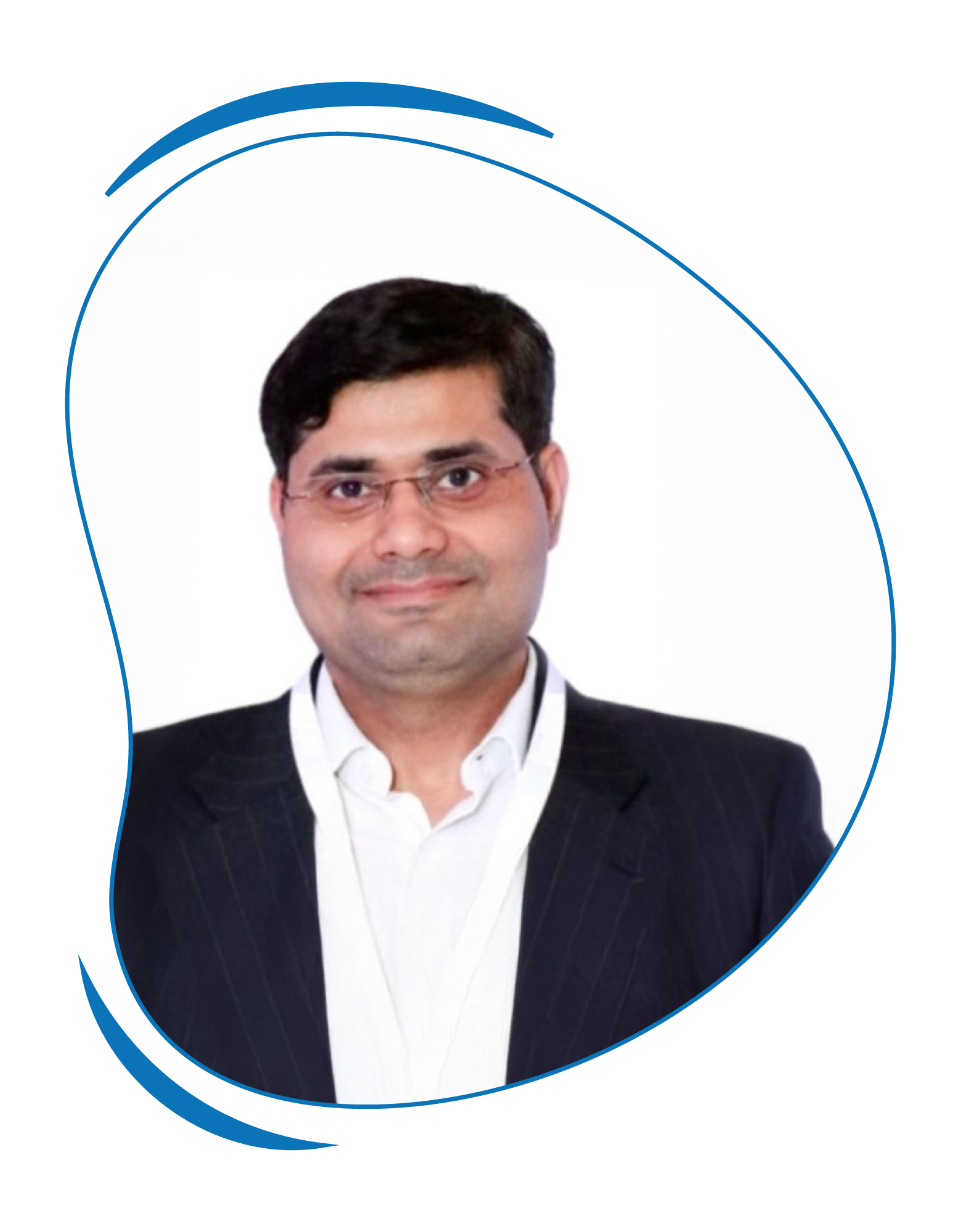
Q1. What’s one defining moment that shaped your career journey as a leader?
One defining moment in my career came when I joined Energy Efficiency Services Limited (EESL) as Head of IT/CIO. At that time, the IT function had to be built entirely from the ground up, which gave me the unique opportunity to create a digital-first organization within the public sector.
We were among the very first in PSUs and their subsidiaries to adopt cloud technologies, which was a bold move at the time. This decision enabled us to scale faster, bring agility, and set a benchmark for other government and public sector enterprises.
One of the flagship initiatives was the Centralized Control and Monitoring System (CCMS) for street lighting—a national-level project that improved efficiency and transparency while directly impacting millions of citizens by ensuring better-lit, safer streets.The success of these initiatives was recognized with the CIO 100 Award by IDG (US). More importantly, it gave me the chance to contribute to the reference architecture for Smart Grid and Smart Energy under the Bureau of Indian Standards (BIS).
That period shaped me as a leader by reinforcing that true IT leadership is not about technology adoption alone, but about transforming organizations, enabling large-scale impact, and setting new directions in areas where others hesitate to take the first step.
Q2. What’s one piece of advice you’d give to someone building in today’s tech landscape?
One piece of advice I would give is to build with both purpose and adaptability in mind. The technology landscape today is evolving at an unprecedented pace like DevOps, cloud, AI, IoT, and cybersecurity are reshaping industries almost every year. In such an environment, success comes not just from adopting the latest technologies, but from aligning them with real business needs and societal impact.
I always say, don’t chase technology for the sake of technology. Focus on solving a meaningful problem, whether for your customers, your organization, or society at large. At the same time, design everything with adaptability built in because what works today may need to be reinvented tomorrow.
Finally, surround yourself with the right people and partnerships. No innovation journey is successful in isolation. Collaboration, continuous learning, and resilience are the true enablers of sustainable tech leadership in today’s world.
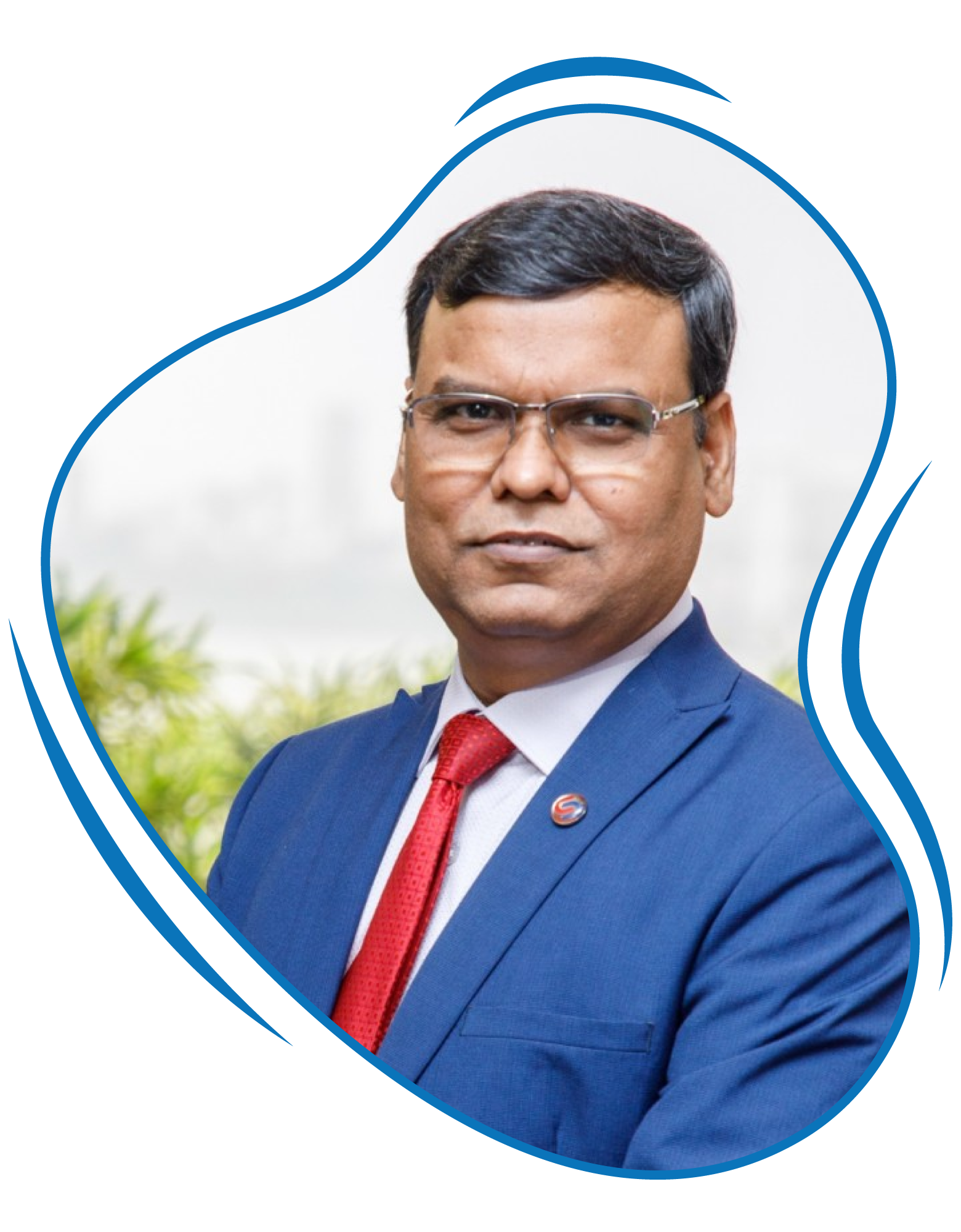
Q1. What’s one defining moment that shaped your career journey as a leader?
A defining moment came during the Core Banking System (CBS) implementation for Regional Rural Banks. The project was ambitious, not just a technology upgrade, but a true digital transformation for rural India. One of the biggest challenges was resistance from Union leaders, who were understandably concerned about the impact of digitization. Instead of sidelining them, I chose to engage, listen, and invite them to be part of the core project team. By making them champions of the change rather than opponents of it, we built trust, reduced resistance, and ensured smoother adoption.
That experience taught me a powerful lesson: leadership is not about pushing change top-down rather it’s about making people feel heard, valued, and included. Later in my career, when I had to lead teams through high-pressure situations of restoring hundreds of applications after a disruption, the same principle held true. Trusting people, empowering them, and leading with clarity in the moment of crisis turned challenges into proof of resilience.
For me, these moments shaped my leadership philosophy: listen deeply, bring people along, and resilience, both human and technological, will follow.
Q2. What’s one piece of advice you’d give to someone building in today’s tech landscape?
In my early days as a technology professional, a senior once told me: “Change is difficult, but change we must.” That mantra has stayed with me throughout my career. In today’s fast-moving tech landscape, the ability to embrace change with resilience is the real differentiator. My advice would be: don’t resist change—anticipate it, prepare for it, and lead it. Whether it’s AI, cybersecurity, or digital platforms, the tools will evolve, but what matters is your mindset: build solutions that adapt, empower people to be part of the journey, and see change not as a threat but as an opportunity to create lasting impact.
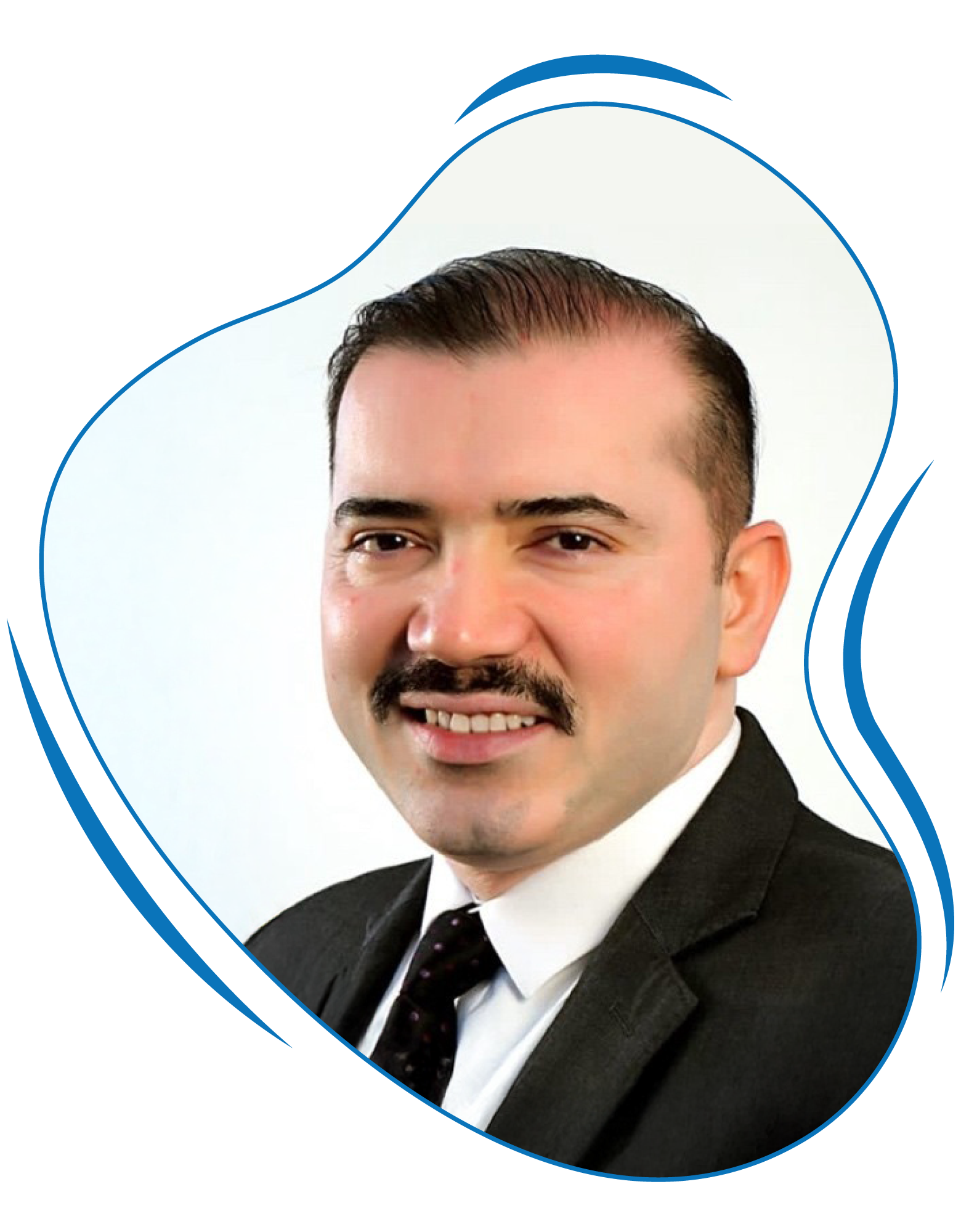
Q1. What’s one defining moment that shaped your career journey as a leader?
I began my career in a very humble role, often handling tasks many would consider routine. The defining moment came when I was entrusted with my first major project, one that demanded not only technical skills but also the ability to bring people together around a shared goal. It was the first time I saw how listening carefully, respecting every voice, and creating a common purpose could turn an ordinary assignment into a transformative experience. That project taught me that leadership is not about titles or hierarchy, but about building trust and helping others grow. That lesson continues to guide how I lead teams and drive meaningful changes today.
Q2. What’s one piece of advice you’d give to someone building in today’s tech landscape?
Focus on creating meaningful impact, not just chasing trends. Technology is evolving faster than ever, AI, cloud, cybersecurity, and automation are transforming how we live and work. But tools alone don’t define success. The real differentiator is the ability to connect technology with purpose: solving real problems, empowering users, and building resilience. If you keep learning, stay curious, and align tech decisions with human needs, you will always stay ahead of the curve.



